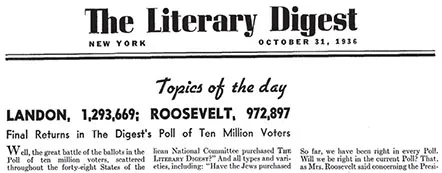
Evidence-Based Management
How to Use Evidence to Make Better Organizational Decisions
- English
- ePUB (mobile friendly)
- Available on iOS & Android
Evidence-Based Management
How to Use Evidence to Make Better Organizational Decisions
About this book
Decisions in businesses and organizations are too often based on fads, fashions and the success stories of famous CEOs. At the same time, traditional models and new cutting-edge solutions often fail to deliver on what they promise. This situation leaves managers, business leaders, consultants and policymakers with a profound challenge: how can we stay away from trends and quick fixes, and instead use valid and reliable evidence to support the organization?In response to this problem, evidence-based management has evolved with the goal of improving the quality of decision-making by using critically evaluated evidence from multiple sources - organizational data, professional expertise, stakeholder values and scientific literature. This book sets out and explains the specific skills needed to gather, understand and use evidence to make better-informed organizational decisions. Evidence-Based Management is a comprehensive guide that provides current and future managers, consultants and organizational leaders with the knowledge and practical skills to improve the quality and outcome of their decision-making. Online resources include case studies, exercises, lecture slides and further reading.
Frequently asked questions
- Essential is ideal for learners and professionals who enjoy exploring a wide range of subjects. Access the Essential Library with 800,000+ trusted titles and best-sellers across business, personal growth, and the humanities. Includes unlimited reading time and Standard Read Aloud voice.
- Complete: Perfect for advanced learners and researchers needing full, unrestricted access. Unlock 1.4M+ books across hundreds of subjects, including academic and specialized titles. The Complete Plan also includes advanced features like Premium Read Aloud and Research Assistant.
Please note we cannot support devices running on iOS 13 and Android 7 or earlier. Learn more about using the app.
Information
PART ONE
Evidence from practitioners
03
ACQUIRE: Evidence from practitioners
3.1 What to ask?
- The problem itself, stated clearly and concisely (What? Who? Where? When?).
- Its (potential) organizational consequences.
- Its assumed major cause(s).
- The PICOC (Population, Intervention, Comparison, Outcome, Context).
- Do you agree with the description of the problem?
- Do you see plausible alternative causes of the problem?
- Do you agree that the problem is serious and urgent?
- The solution itself, stated clearly and concisely (What? Who? Where? When?).
- Its (potential) effect on the problem and underlying cause/s.
- Its costs and benefits.
- The PICOC.
- Do you agree on which solution is the ‘best’ and/or ‘most feasible’?
- Do you see downsides to or unintended negative consequences of the preferred solution?
- Do you see alternative solutions to the problem that may work better?
3.2 Whom to ask?
3.3 How many practitioners should I ask?
Sample size
Selection bias

3.4 How to ask?
Walking around and asking
Table of contents
- Cover
- Title Page
- Copyright
- dedication
- Contents
- List of Figures
- List of Tables
- About the authors
- Contributors
- Foreword
- Preface
- How to read (and use) this book
- Acknowledgements
- 01 Evidence-based management: the basic principles (with Rob Briner)
- 02 ASK: Critical questions about assumed problems and preferred solutions
- PART ONE Evidence from practitioners
- PART TWO Evidence from the scientific literature
- PART THREE Evidence from the organization
- PART FOUR Evidence from stakeholders
- Glossary
- Index
- Backcover